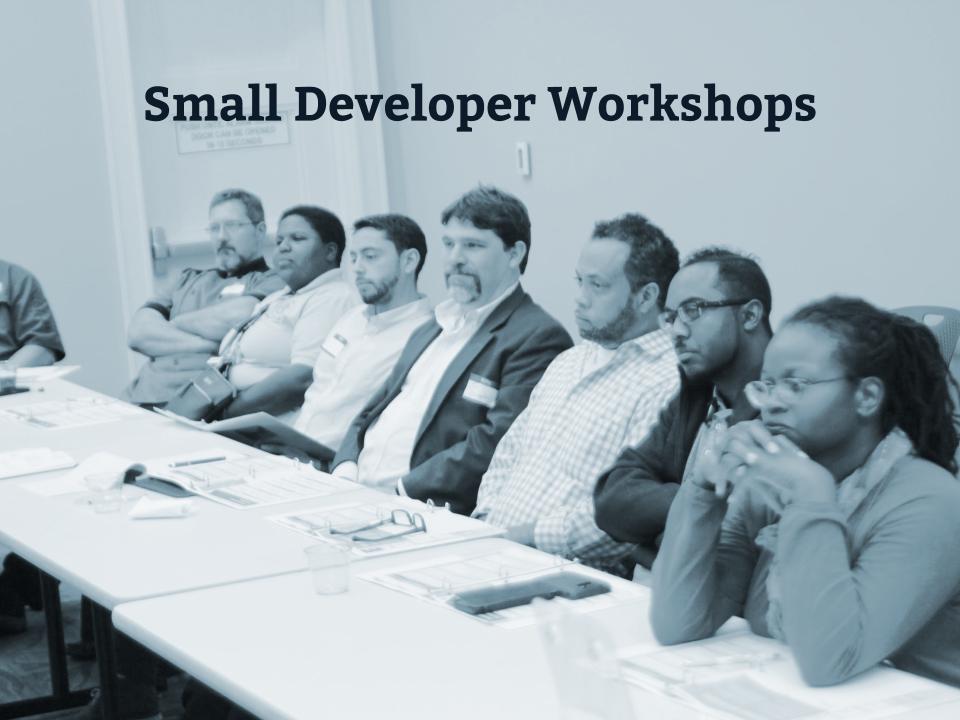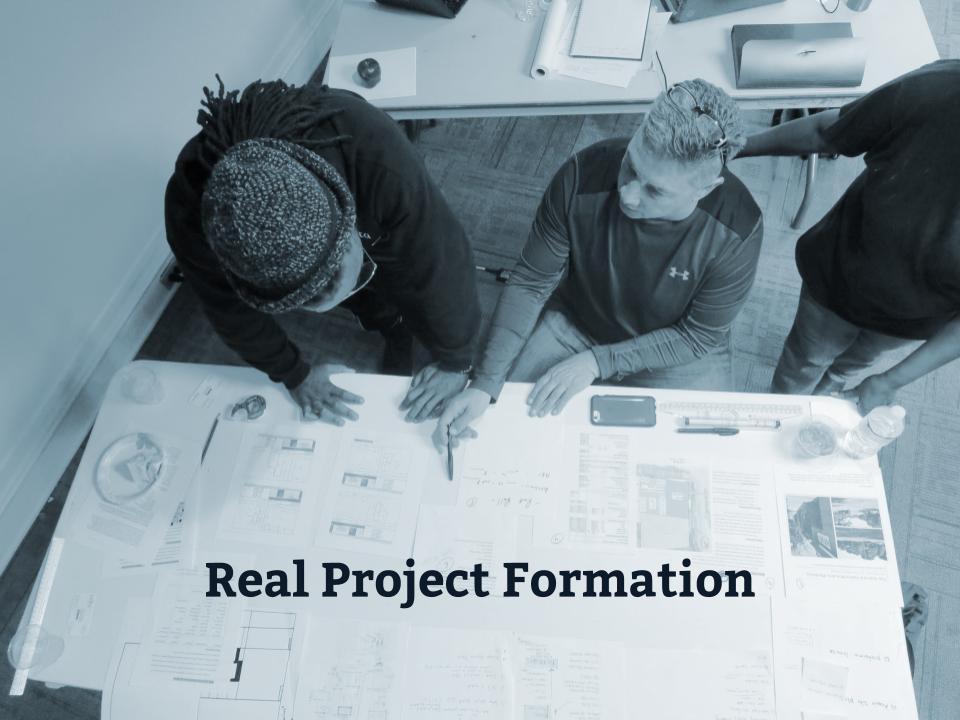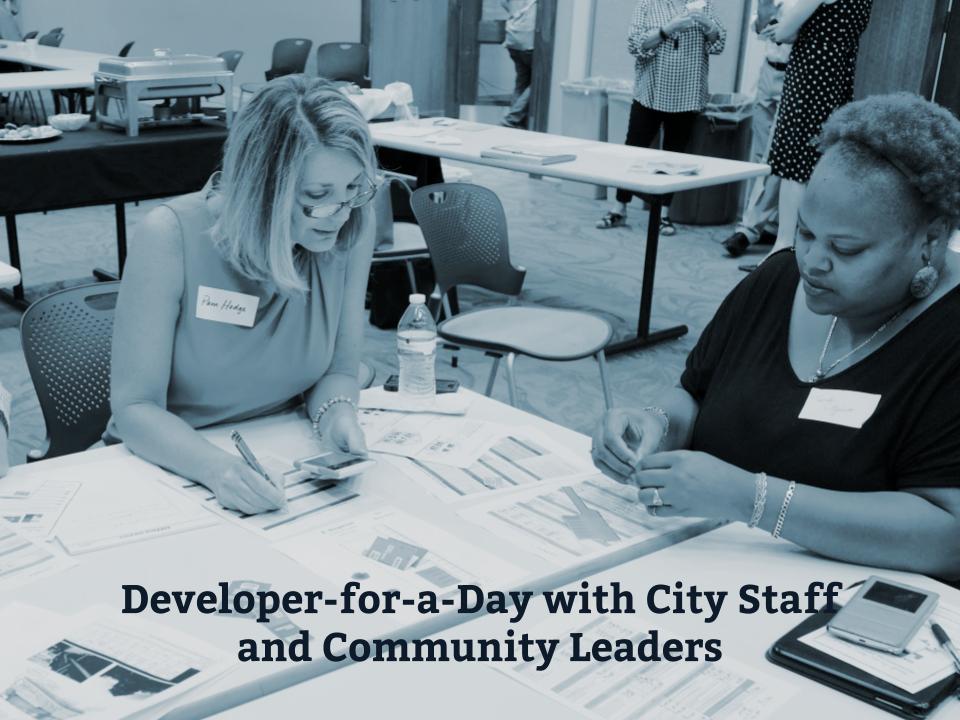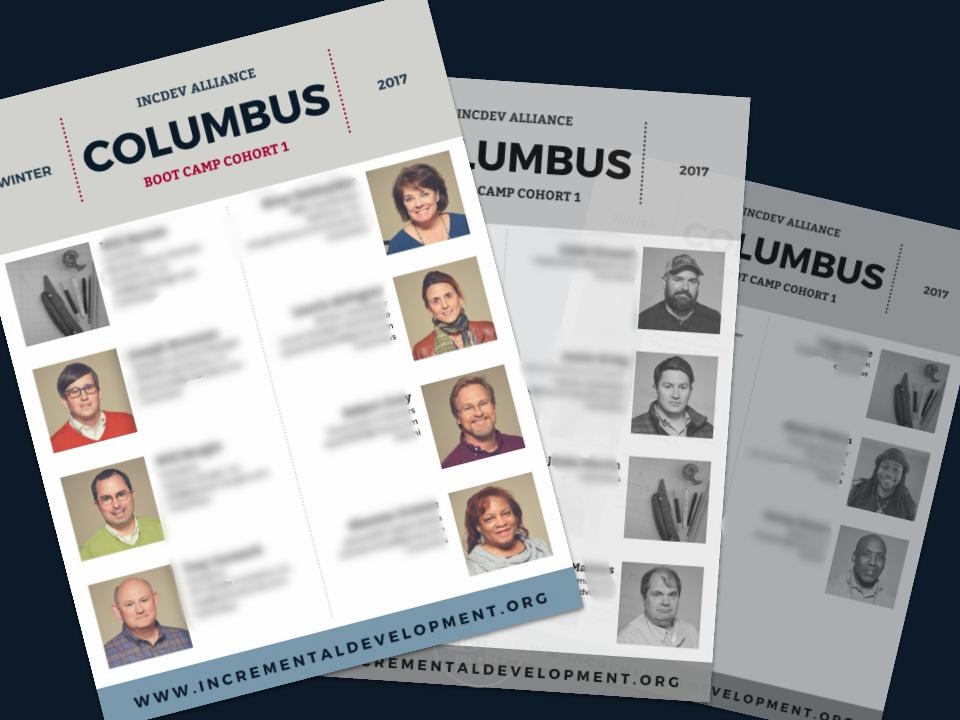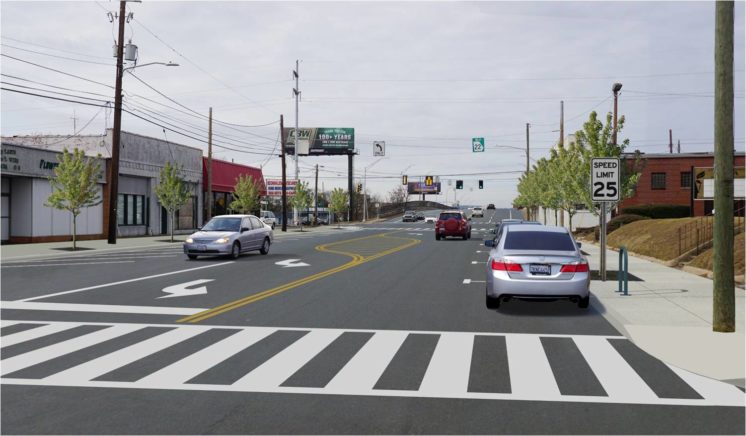Ecosystem Coaching in Columbus, GA
A band of organizers, small developers, and city officials see great potential in MidTown Columbus, which sits between a rising downtown and sprawling city edge. We joined MidTown Inc. with the support of the Knight Cities Challenge Grant to create a year-long incremental development intervention.
Our work in Columbus was our first chance as an organization to run the gamut of programming in a single place over an extended period. This deep dive into Columbus helped us create a proper diagnosis on why small development was missing in the target area of Midtown. We came to town aiming to spur a handful of new development projects, but within a few visits it became clear that some more fundamental work was necessary first. Here’s what we did:
Groundwork
First, we did some on-the-ground research, studying local architecture traditions and meeting key people in the neighborhoods we were trying to serve. We sought conversations with business owners, developers, city staff, faith leaders, and neighbors to get a local and nuanced perspective on the status quo. We also hosted an evening of public presentations so that we could share our theory of change with the community.
Joe Minicozzi, principal at Urban3, tells stories of land value using data visualization.
Additional presentations to watch from the evening:
Monte Anderson describes his farming approach to small-scale development in Dallas, TX.
Gracen Johnson tells stories of "homebudding," the virtuous circle arising from the makeshift, often cheeky contributions of neighbors.
Glenn Kellogg shares the story of launching his independent grocery store in downtown Rochester, NY.
DEVELOPER RECRUITMENT & TRAINING
By hosting two training workshops and a recruitment lecture we attracted two dozen aspiring developers to a hands-on boot camp. However, while coaching them through their projects, we discovered that little would pencil in Columbus due to underlying financial and regulatory conditions.
PUBLIC SERVICE COACHING
To set our developers up for success, we analyzed these barriers and ran through a development simulation with city staff called Developer-for-a-Day. This demonstrated to regulators where policy was preventing infill and redevelopment in areas desperate for investment. Working with staff, we summarized these findings in a report which details a recommended zoning overlay district to unlock development potential in Midtown. This report will be presented to council by our developer cohort.
SERENDIPITOUS INFRASTRUCTURE CHANGE
We became instrumental partners in achieving a “road diet” for a critical section of Midtown which is making the rehabilitation of vacant commercial buildings viable for the first time in years. See below for more on this story.
STAGE ONE SITE PLAN HACKS
Finally, we applied our most creative minds to crack the code of site planning for Midtown’s small infill lots. Working with business and property owners, we penned first-stage site plans for specific lots transitioning toward a more mainstreet feel. This process led to at least one business owner committing to a neighborhood infill setting rather than a more car-dependent location.
Public servants were courageous to follow the evidence despite the usual backlash to change.
Transforming 13th Street
We happened to be in Columbus when 13th Street, a state highway constituting Midtown’s commercial spine, was scheduled for re-striping. This created a once-in-a-decade opportunity for the five blocks that had become the epicenter of our efforts.
The conditions were ideal: we had built relationships with property owners in the area, our partner organization had spent months advocating tirelessly for a streetscape improvement, and the Georgia Department of Transportation was open to whatever plan the City presented. The stewards of the commercial core of 13th street - business and property owners and our partner, Midtown Inc. - saw the potential for a road diet.
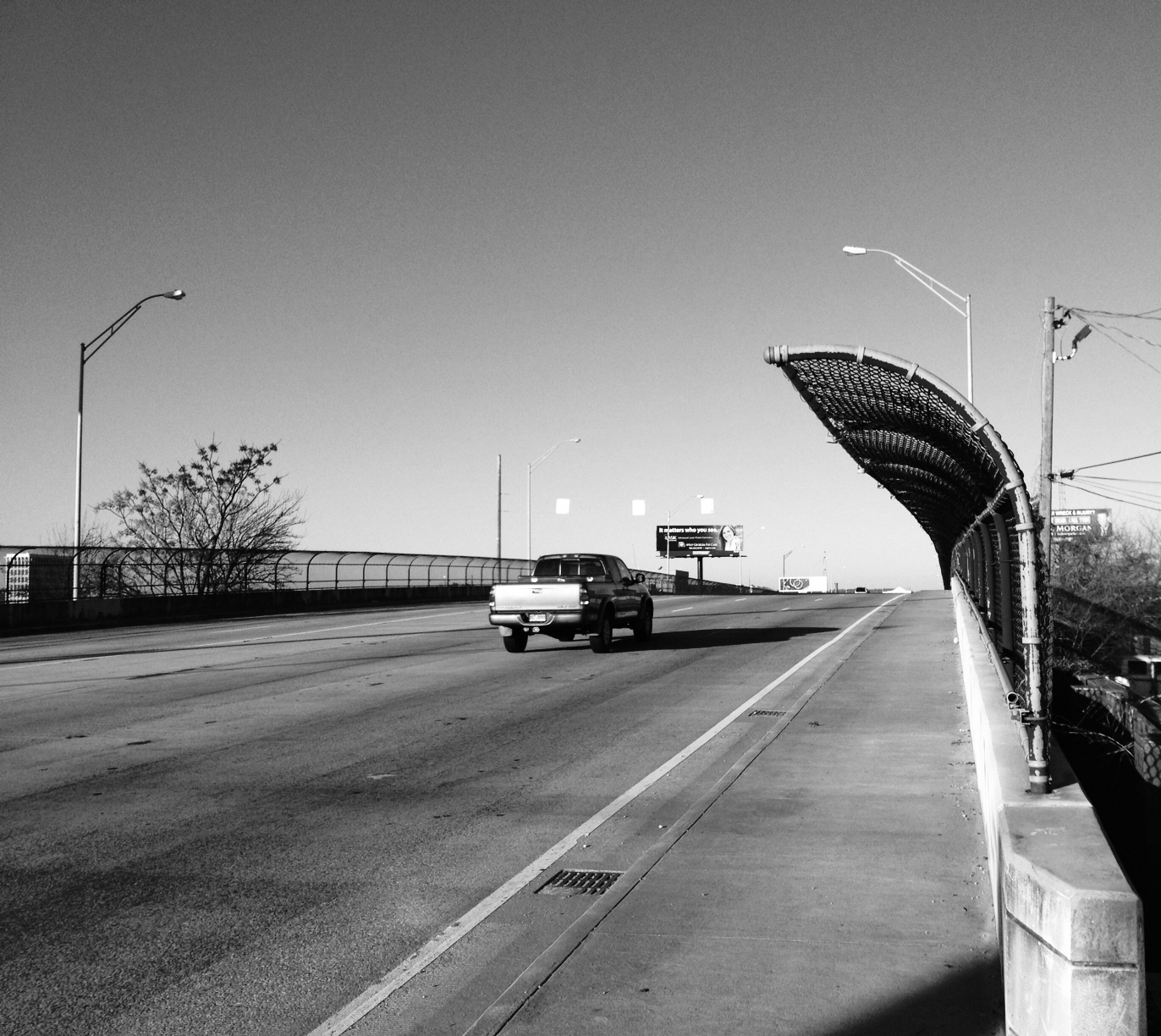
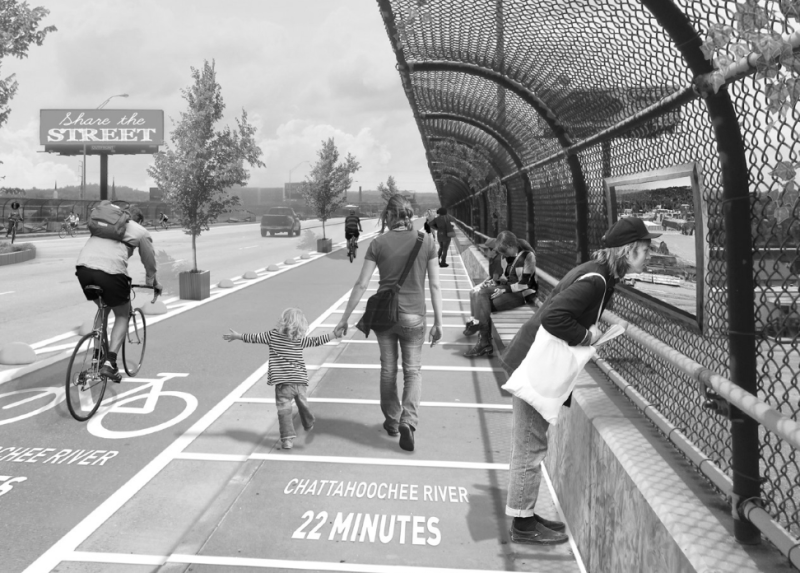
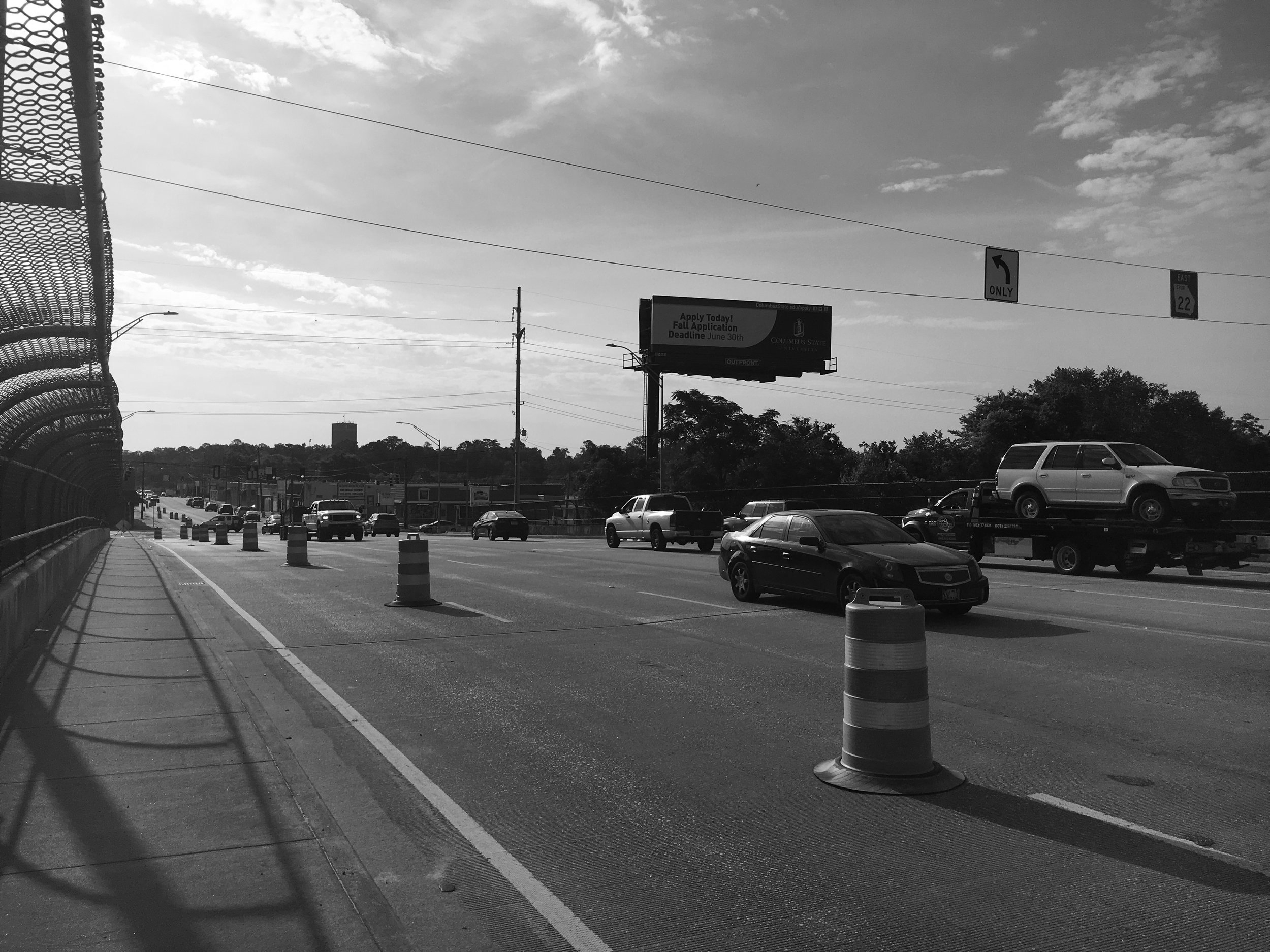
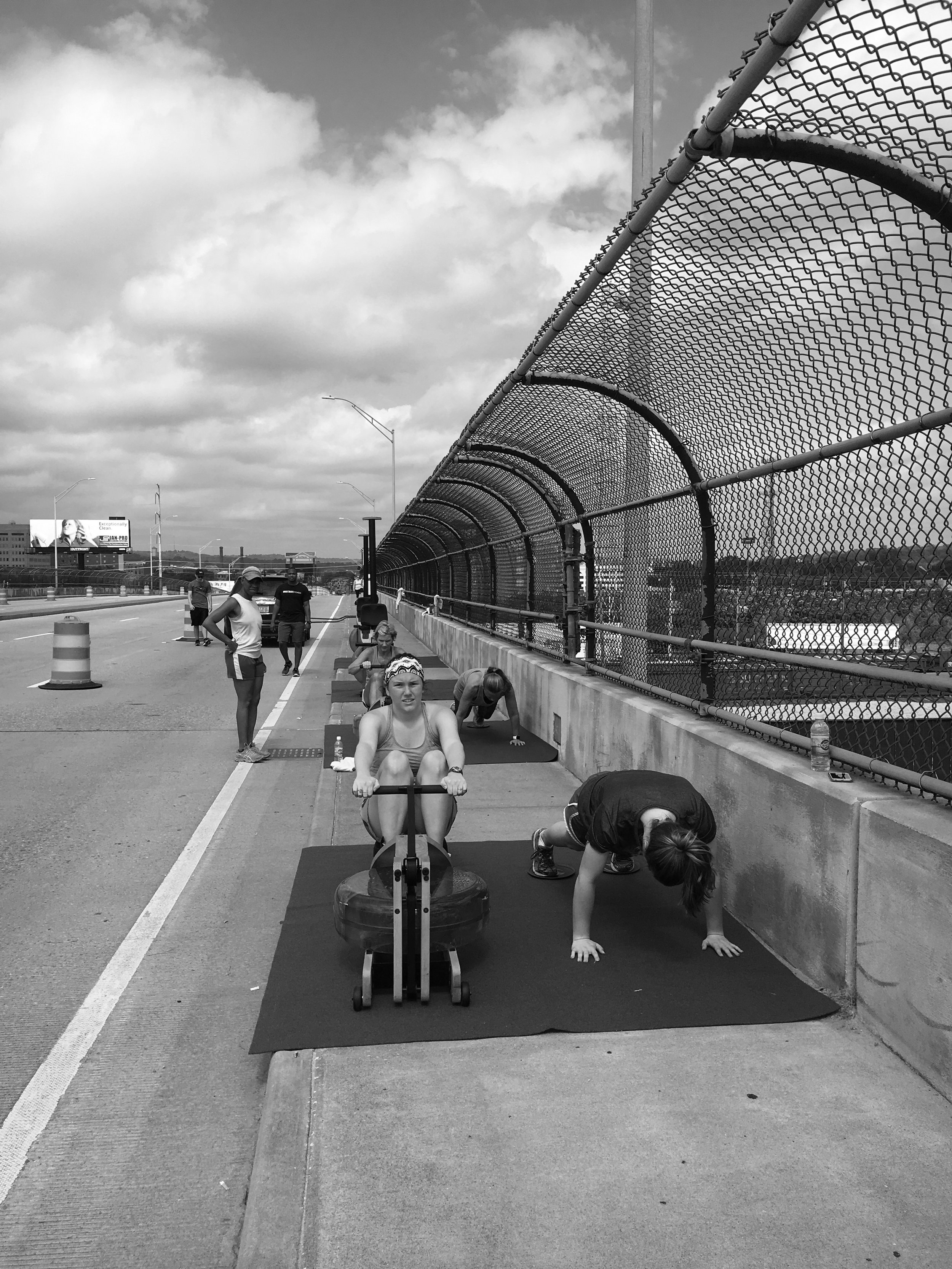
By converting outside traffic lanes of this arterial to parking lanes, sidewalks would become more hospitable and the commercial streetscape could gradually re-emerge from a state of 65% vacancy. They invited us into the conversation and hired Hall Planning & Engineering Inc. (HPE) to provide an economic and engineering report on the impact of a road diet. Together, we developed a tactical project to test the proposed lane changes using traffic cones. HPE collected the data from that pilot demonstrating the viability of a road diet and created a proposal for the City’s approval.
We commend city staff, especially Deputy City Manager Pam Hodge for their clear-sightedness and courage to champion such a big change publicly. Despite highly favorable evidence from the pilot and traffic study, there remained antagonists of the project who opposed change and fear-mongered.
However, the plan was approved and the proof is in the results. With the announcement of 13th Street’s coming transformation, a lease was signed almost immediately on a vacant building. One property owner who attended our training (a gentleman who has a large portfolio and roots three generations deep in the area) started fixing up his buildings. This was a strong signal to other property owners and has kicked off a small flywheel of reinvestment.
The story of 13th Street was a confluence of great timing, existing groundwork from our partners, and the energy and goodwill generated by our training. We did not anticipate this outcome but are delighted that such an important and enduring piece of infrastructure will now be helping locally-driven economic development, not hindering it.


